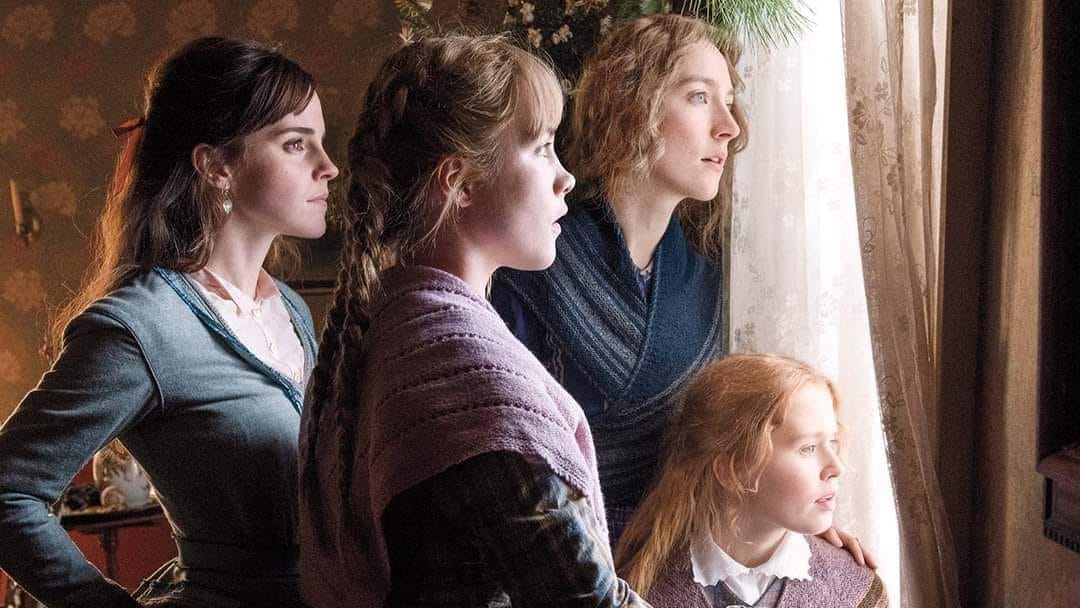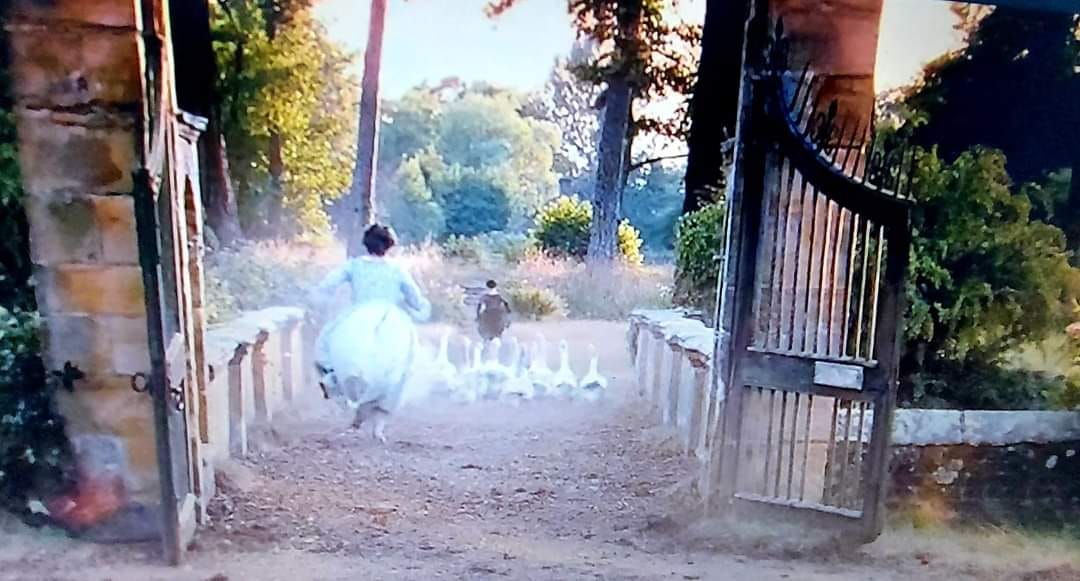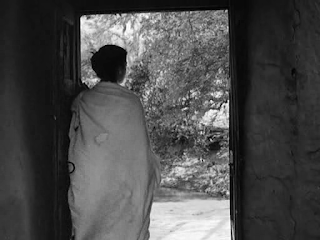Time's winged chariot hurrying near
And yonder before us lie
Deserts of vast eternity.”
This reminder of mortality is the clinching argument of the lover as he tries to persuade his coy mistress to shed her inhibitions and make the most of their youth and passion in this famous 17th c. 'carpe diem' poem by the English metaphysical poet Andrew Marvell. It played no small part in the decisions of my youth!
I remember my legendary college professor Kajal Sengupta’s tutorial on the poem. She had asked me, in the time-honoured CU tradition, to write a “critical analysis”; and in her feedback the next tutorial, launched into a long aside on “the nature of sexual passion” that I was totally unprepared for. It did, however, result in spiking my already latent curiosity about the subject!
The desire to “seize the day”, enjoy the moment without thinking of the future, i.e. – stemming from an acute awareness of the transitory nature of life – was thus, during college, primarily associated in my mind with sexual consummation at the earliest possible. After passing out, though, it somewhere became “making the most of” other things. I tried hard to make the most of my 20s, with a whole list that I was determined to tick off before I turned 30: marrying the man I loved, a permanent job, Ph.D, baby. All I wanted was everything. And I had assumed that all of it would be in Kolkata. The first two in my list happened pretty early; the Ph.D took three more than my target years; but it is the baby that made a mockery of all lists. Almost another decade would pass by before she arrived, in another continent, changing my life - in the process of the wait - beyond measure, beyond imagining.
The baby & the girl:
That baby is now 11 years old. I am faring a little better this year. I was shocked when she turned 10 last year. When did that happen?? She of dimpled cheeks and tiny curls and adorable lisp; who, till the other day, would jump up and down every now and then and say, “I am your bunny” (and look the part); who still has a habit of curling up in my lap like a cat (only the soft round ball of flesh has long limbs now). When did she grow up?? I didn’t realize that a decade had passed.
Time – that resource that I had wanted to make the most of in my 20s, and which became synonymous with “waiting” in my 30s, had, in my 40s, become an adversary. An adversary I was constantly fighting and trying to get the better of. Days, weeks, months and years, turned into just one long relentless struggle with time; with clock time: to take charge of and integrate the routine of another life into mine; to accommodate ever more and new kinds of work; to acclimatize with frequent changes in schedules. And in my obsession with this clock time, a whole decade melted away.
Since I always lost to my adversary, the clock, there was also a sense of achievement (despite the shock) when my daughter attained the double digit. It meant she was now on the cusp of middle school. I felt the same kind of exhilaration I had felt when she first weaned, crawled, stood, walked, uttered her first words, went to pre-school, and kindergarten. Something concrete had happened, after all.
There are several barometers to mark a child’s development, both in body and mind, in every phase of her growth curve. In primary school, its most obvious manifestation is the new subjects that get added to the curriculum every year. From Upper Nursery to Grade 5, for S it has been – Bengali, ICT, Drama, Social Studies, History, Geography, Value Education, and Foreign Language. In Grade 6, Science will be split into Physics, Chemistry and Biology. I have seen S’s excitement with every new subject-addition at every grade, and feel grateful that she enjoys school the way she does. But what I most cherish about her is her innate joy and her emotional maturity.
S is mature beyond her years. For more than half of her little life, she has already had to deal with a lot. I am not sure whether her maturity was born of it, going through it, or whether it is an innate quality that helped her cope with her circumstances. I just know that I could not have dealt with my altered reality the way I did, had she been any different.
Two of her primary school years coincided with the pandemic, which slowed lives down in unthinkable ways, but also speeded things up. Children grew faster, their brush with disease and death (whether direct or indirect) and the confronting of prolonged uncertainty qualifying - to quite an extent - the innocence and joy of their childhood. If you added puberty to that picture, then a child was well on the road to experience.
A child's puberty is always hard-hitting for the parent, no matter how much one has prepared oneself, or the child, for it. Running tandem with that is the need for counseling, which I must say her school has done a wonderful job of -- doing intensive counseling sessions with boys and girls separately. I remember the day S told me she now knew about 's-e-x'. She spelled out the letters, as if I wouldn’t understand the word otherwise. They were also taught the reproductive system in Science around the same time. I felt strangely sad the day she mentioned sex... for after this, I couldn’t pretend she was small anymore. But I was also relieved that her endless curiosity about birth was finally satiated; for over the years, her questions had transitioned from “Mamma, how are babies born?” to “How long was I in your tummy” to (the most dreadful of them all) “How did I GERMINATE inside you”? (emphasis hers).

Growing through films:
She is 11, but I can already see her as an adult. The incipient lady peeps through quite strongly when she wears Indian clothes during festivals – salwar-kameez, kurti, sarees (a Sarawati Puja special) – and I accessorize her in light jewellery and a bindi. With that, and her hair either tied up in a small bun or left loose and hanging, she transforms into this little woman!
She also responds like a little woman when we watch films together. We love going to the theatre, but during the pandemic, we watched a lot on OTT – in English, Hindi and Bengali, and a wide range in all. She is an attentive viewer; watches with great absorption, goes back to scenes she likes, and is full of questions (which can be very irritating at times). This side of her bloomed last year with her encounter with a number of literary classics on screen. The first was ‘Little women’ (we saw both the 1994 and 2019 versions). She liked all the March girls – Meg, Jo, Amy and Beth, and their friendship with Laurie, but it is the intensity of Jo’s passion for writing and the lengths she was willing to go to for it that made the greatest impression upon her. (Also, I think, Amy’s gowns in Paris)! It must be said that we both liked Greta Gerwig’s film more, not the least because of Saoirse Ronan.
We also watched a number of adaptations of Jane Austen on Netflix – ‘Pride & Prejudice’ (2005, with Keira Knightley as Lizzy), ‘Sense & Sensibility’ (1995, with Emma Thompson and Kate Winslet as the Dashwood sisters) and ‘Persuasion’(2022, with Dakota Johnson as Anne Elliot). We habitually watch a lot of films, but she loved these adaptations more than anything else I can remember; in particular, the female bonding at the heart of each (though their plots turn around love relationships). She made expert comments on the difference between the attitudes of the different mothers in dealing with the heartaches of their daughters. Though she admired Marmee March the most, followed by Mrs. Dashwood, its Mrs. Benett she found the most interesting, and laughed her head off in the scene where she accuses Elizabeth of being an “ungrateful daughter” (when she refuses to marry her cousin) – running after her along with a pack of wild geese, looking very much one herself with her fluffy white gown on an ample frame. Months after watching the film, S would suddenly remember that scene and erupt in laughter.
The other film where she had really enjoyed sibling bonding was Satyajit Ray’s ‘Pather Panchali’ (The Song of the Road, 1955).Which child will not respond to Apu and Durga? But that was four years back. And as a seven-year-old, she had some very pertinent questions: “Did Durga really steal her friend’s necklace”? “Why is the aunt SO old”? “Why is the mother ALWAYS angry”?
She watched a film on the making of the film last year (Anik Dutta’s ‘Aparajito’), not long after the adaptations on Netflix. By then, she had completely forgotten the original by Ray, but enjoyed the recreated scenes, anyway! We revisited the classic a couple of months later, which she lapped up again!

Sarbajaya & me:
After watching ‘Pather Panchali’ with her, I re-watched the two other parts of the Apu Trilogy – ‘Aparajito’ (The Unvaquished, 1956) and ‘Apur Sansar’ (The World of Apu, 1959) – alone, the same day. Something changed in me as a viewer then.
For the first time in my life, I saw the first two films from the perspective of Sarbajoya, the mother -- the mother of two children and wife of a village priest who has to feed the family (including an old aunt whom she resents) and manage the household all through their slow descent into poverty (most of it, with her husband away). For the first time, I also realized that it is her relationship with Durga, her daughter (and not Apu), which is focused in the film, in a series of riveting scenes: her fury when her neighbor accuses Durga first, of stealing guava from their tree (which she defends guardedly), and then a necklace (which she simply cannot take and beats her mercilessly); her persuasiveness when she explains to Durga the importance of learning domestic skills for a girl her age; the desperation with which she tries to save the fever-stricken girl on a stormy night; the stone she turns into the next morning after the girl dies; and her breaking down in the last scene when her husband returns with the gift of a saree for Durga, the high notes of the sitar in the background score filling in for her keening.
In Aparajito, we find the couple and their son in Benaras – in better circumstances, the husband with a steady income as a priest in this most sacred of cities. But his sudden death necessitates Sarbajaya’s taking up a job as a cook in a wealthy household. Though treated well by her kind employers, she sees her son being reduced to an odd-jobs boy and decides to return to Nischindipur, the village in East Bengal they had left all those years ago. He trains to be a priest, like his late father, but his heart is set on going to a regular school, which he eventually does, and where he shines as a student and is offered a scholarship to study in Calcutta. The widowed mother is reluctant to let go of her son, but then relents -- their confrontation scene archetypical of all such moments in households where flying the nest is not understood as an inevitability of life.
What follows is another inevitability – the son being drawn to the bigger world of the city; with his studies, night-shifts at a printing press, and budding friendships preoccupying him, leaving very little time and inclination for writing letters to his mother. The mandatory visits home during vacations are also reluctant and late. The mother wastes away in loneliness (the occasional company of kind neighbors notwithstanding) and an illness that is never diagnosed. The last time she entreats him to come see her, he sends her money instead, joking to his friend that it will compensate for his presence. He never sees her again. “On a night sparkling with evanescent fireflies, her life leaves her”.
Sarbajaya and I are mothers a century apart. And there are also other obvious differences in our circumstances beyond the times we live in - except for the fact that we live alone with a child. Nevertheless, the second part of Aparajito resonated with me powerfully. In her fate, I could see my future.

Time’s winged chariot hurrying near:
Relating with literary characters is an old, old habit of mine. In this case, it was brought about by a heightened – and a different kind of – awareness of time. At the threshold of my 50s, I feel I’m entering into a new relationship with it. I can once again hear its winged chariot hurrying near... but this is not a wake-up call for mortality, nor seizing the day in the manner of my youth...just a keen sense that the next few years will zoom past very soon.
This awareness has actually less to do with my age and more to do with S. Ever since her school re-opened after the pandemic, her routine has become more hectic than before. Already, in Grade 5, it’s choc-a-block with much longer school hours, ECA, and regular Choir practice in the premises, and of course study hours and weekly music lessons at home. The last year went by in a blink; with S increasingly looking and talking more like a teenager than a pre-teen. The next 5-7 years will also be gone soon!
I’ve been a single mother for almost six years, but my singlehood has been brought home to me in a whole new way in the last two – after Baba left for a dementia care home. S is my entire universe now. But very soon, it will be reduced to an empty home.
My delight in her company and enjoyment of the time we have together is rendered more intense by that thought.


